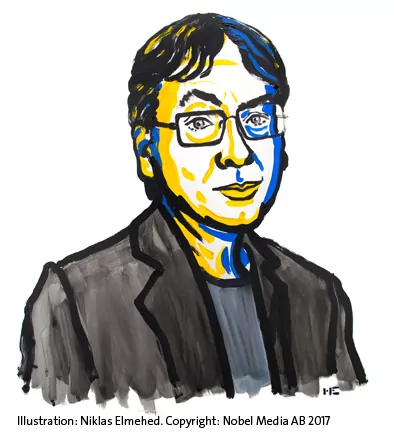A Quiet Resistance: The Emotions of Subtle Narratives | Book Review
As I sit down to reflect on Kazuo Ishiguro’s captivating novel, “Never Let Me Go,” memories of reading it four months ago during a summer program in the bustling streets of New York City flood my mind. The resonance of Ishiguro’s narrative still lingers as I find myself thousands of miles away, back in our high school in the vibrant metropolis of Shanghai, China. The striking parallels between these two cities, both pulsating hubs of high-tech advancements, mirror the thematic undercurrents of the novel, adding an extra layer of contemplation to the narrative woven by Ishiguro.
Set in a familiar yet disturbingly altered world, Ishiguro crafts a tale that unfolds through the introspective lens of Kathy, our guide into the enigmatic realm of Hailsham, a boarding school that conceals more than it reveals. This isn’t just a coming-of-age story; instead, this speculative fiction masterpiece delves into the intricacies of scientific progress, weaving a narrative that challenges our perceptions of love, identity, and the sanctity of life.

Ishiguro’s prose, elegantly restrained, infuses each page with a quiet power that resonates long after the book is closed. The deliberate pacing allows readers to absorb the emotional weight of the characters’ experiences while slowly unraveling the unsettling realities of their existence. This is not a tale of rebellion and defiance but a quiet resistance against the inevitability of their fate. At its core, “Never Let Me Go” prompts us to confront uncomfortable questions about the implications of scientific advancements, particularly in the realm of human cloning. Ishiguro forces us to question the morality of a society that commodifies life in the pursuit of medical progress, blurring the lines between scientific achievement and social responsibility. The strength of the novel lies in its ability to humanize characters caught in a system that denies them agency over their own lives. Kathy, Ruth, and Tommy are not mere products of a dystopian society; they are individuals with dreams, hopes, and an innate desire for love and connection. Ishiguro’s exploration of their humanity within the constraints of a dehumanizing system is both heart-wrenching and thought-provoking.
As we navigate our own world of rapid scientific advancements in the neon-lit landscapes of Shanghai, where innovation intertwines with tradition, I couldn’t escape the echoes of “Never Let Me Go,” especially considering Ishiguro’s unique perspective rooted in the Asian diaspora. His nuanced exploration of identity and humanity is enriched by the intricate dance between modernity and tradition in our globalized society. Ishiguro’s themes resonate profoundly against the dynamic backdrop of advanced technologies and moral dilemmas. The characters in the novel, grappling with predetermined destinies, serve as a mirror reflecting the crossroads we find ourselves at in the diverse corners of our interconnected world. In the fusion of tradition and innovation within Shanghai, the novel’s exploration of the intersection between humanity and technology takes on a renewed significance. Ishiguro’s perspective adds a layer of cultural depth to the narrative, reminding us that the questions raised by “Never Let Me Go” reverberate across continents, transcending cultural boundaries.

In all, “Never Let Me Go” serves as a poignant reminder that the decisions we make today have far-reaching consequences for the landscape of tomorrow. Ishiguro’s masterpiece challenges us to maintain our compass as we navigate the uncharted territories of scientific progress. I highly recommend this novel to literature or dystopian/speculative fiction enthusiasts. There is also an adapted film, if anyone is interested.

